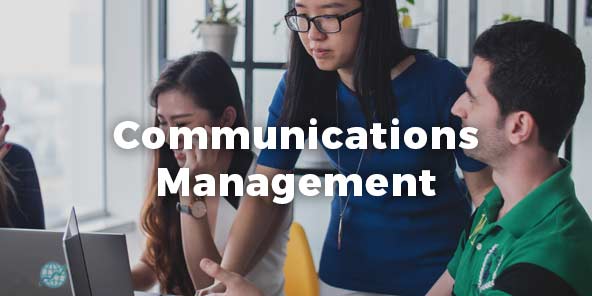
Listening to employees’ needs
In talking with colleagues and scrolling through LinkedIn and other social media, I noticed a surprising number of companies that either shut down for a week this summer or instituted “quiet week”. Quiet week is time dedicated to minimal meetings and is meant to be used to think strategically about work or catch up on projects that require focused or heads-down time.
In the past, many leaders looked at breaks from the rigorous day-to-day routine as a loss for the company. Employees desperately needed a break from everyday schedules to re-energize and focus on their work or personal lives to feel successful at work and home.
Breaking from routine
Finally, there’s recognition that shifts in routine are benefiting both companies and employees. What’s at play? Employees are being heard when they say they are struggling in their personal and professional lives because there just isn’t enough quality time for either aspect of their lives to feel they’ve successfully met expectations. The pace can be too hectic on a daily basis and leaves employees feeling inadequate in all aspects of their lives.
Employers are finding they see more engagement and better results when they have a culture that acknowledges the employees’ whole life. This became obvious when employees proved they could work productively from home during the pandemic. Organizations realized that they get their best work and creative ideas from employees when employees are feeling a break is coming or have just refreshed after one. In my corporate life working for a European company, I experienced the benefits of companywide breaks.
Many companies in Europe traditionally slow down for summer and winter holidays and employees are strongly encouraged to use their generously allotted personal time off to refuel. While here in the US, vacation allotments tend to be more restricted and it’s difficult to take more than a week or two at a time. Many employees end up either carrying time over to the next year or forfeiting it altogether.
According to the United States Bureau of Labor Statistics (BLS), after one year of service the average vacation time is 11-13 days per year and after 10 years of service, the average increases to about 18-19 days per year.
Making room to meet employees’ needs
The trend in the US to offer company shutdowns or quiet weeks helps bridge a gap in personal time off while allowing employers the flexibility of determining each year if their company can sustain the time off.
Ultimately, we’re talking about the culture of a company, what it values, and the flexibility to break from tradition to ensure employees’ needs are being met. Most importantly, these companies are listening because it’s important that their employees are healthy, productive, and feeling successful in all aspects of their lives.
One might argue that not all companies can shut down or have week-long heads-down time. Finding the balance between employees’ and the company’s needs is what’s important.
Comment below how you have benefited from a company-sanctioned shutdown or quiet time.
Susan O’Connor is an internal communications expert and executive coach with experience working in various global industries including pharmaceuticals, technology, consulting, specialty chemicals, and manufacturing. She currently leads Paradise Workplace Solutions where she helps businesses create or improve their communications to employees.










